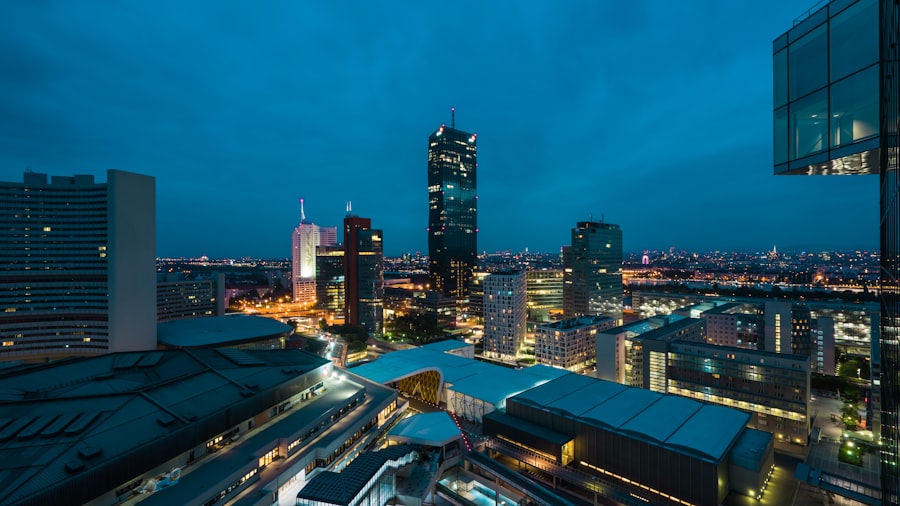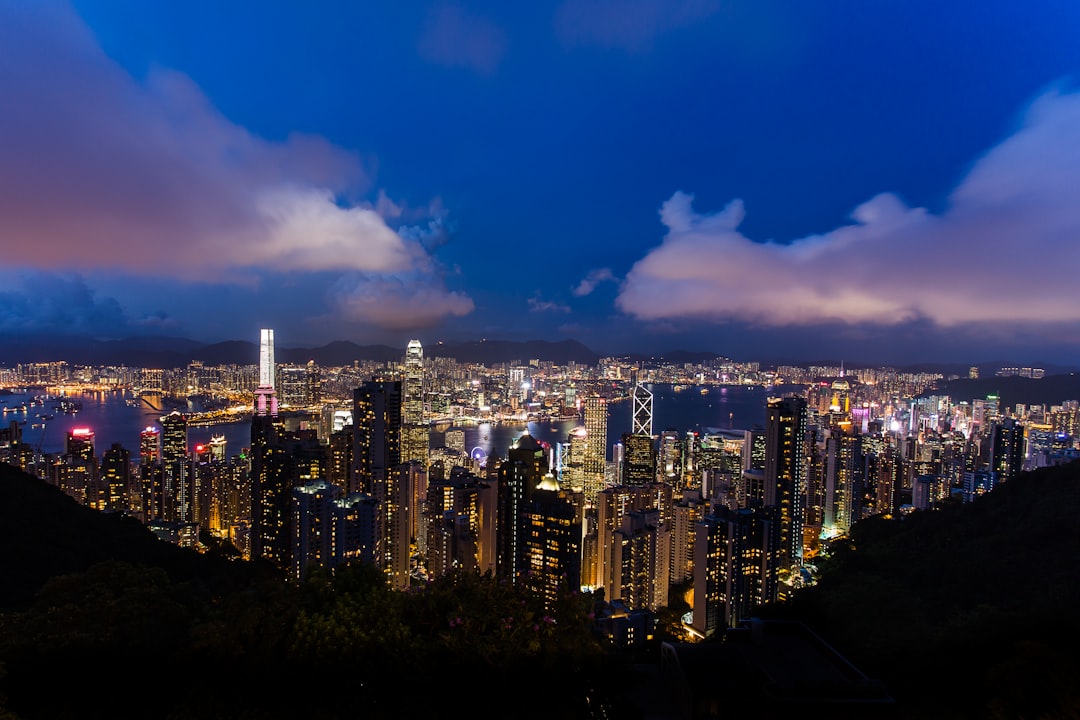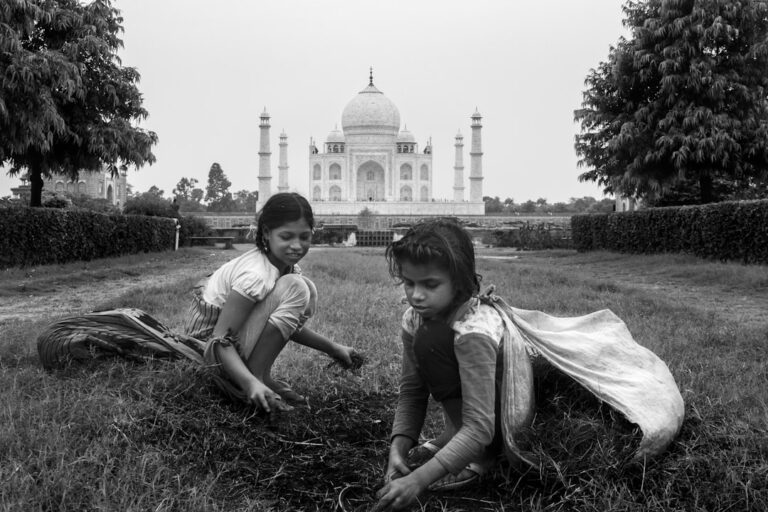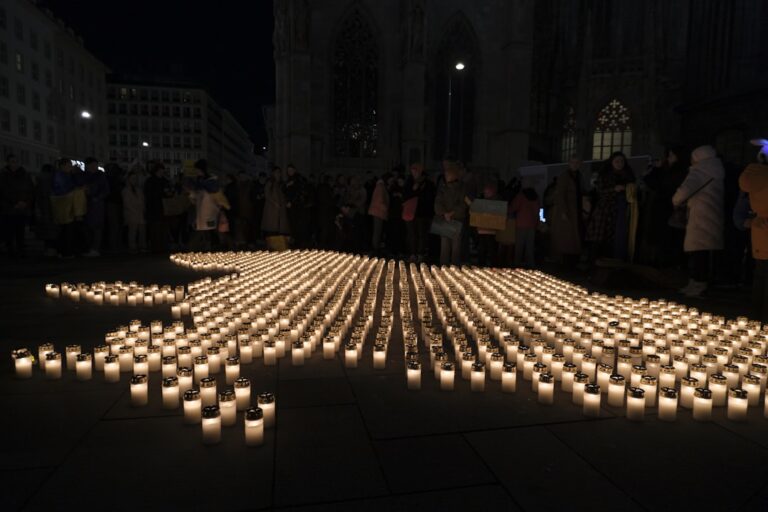Urban centers have long been the beating hearts of civilization, serving as hubs of activity, innovation, and cultural exchange. From the ancient cities of Mesopotamia to the sprawling metropolises of today, these urban landscapes have evolved into complex ecosystems that reflect the diverse tapestry of human life. Major urban centers, such as New York City, Tokyo, London, and Mumbai, are not merely geographical locations; they are vibrant arenas where economic, social, and political forces converge.
The significance of these cities extends beyond their physical boundaries, influencing global trends and shaping the lives of millions. The development of urban centers can be traced back to the dawn of agriculture when humans began to settle in one place, leading to the establishment of trade routes and marketplaces. Over time, these settlements grew into cities, attracting people from various backgrounds seeking opportunities and a better quality of life.
Today, urban centers are characterized by their dense populations, diverse demographics, and a plethora of services and amenities that cater to the needs of their inhabitants. They are often seen as symbols of progress and modernity, embodying the aspirations and challenges of contemporary society.
Key Takeaways
- Major urban centers are key hubs of economic, social, and political activity, and are often characterized by their large populations and significant influence on surrounding areas.
- Urban centers play a crucial role in driving economic growth and development, serving as centers for trade, commerce, and industry, and attracting investment and talent from around the world.
- The social and cultural life in urban centers is diverse and vibrant, with a rich tapestry of traditions, arts, and entertainment, and a melting pot of different cultures and communities.
- Urban centers often hold significant political power, serving as the seat of government and administration, and playing a key role in shaping national and international policies and decisions.
- Urban centers are important nodes for the spread of ideas, innovation, and knowledge, serving as centers for education, research, and technological advancement, and fostering creativity and intellectual exchange.
Economic Importance of Urban Centers
Financial Hubs
Major cities are often home to financial districts that house multinational corporations, banks, and stock exchanges. For instance, Wall Street in New York City is synonymous with global finance, influencing markets worldwide.
Drivers of Innovation
The economic activities generated in urban centers contribute significantly to GDP, with cities like Tokyo and London being pivotal players in international trade and commerce. Moreover, urban centers foster innovation and entrepreneurship. The proximity of businesses, educational institutions, and research facilities creates an environment ripe for collaboration and creativity. Silicon Valley in California exemplifies this phenomenon, where tech startups thrive alongside established giants like Google and Apple.
Talent Magnet
The synergy between these entities leads to groundbreaking advancements in technology and business practices. Additionally, urban centers attract a diverse workforce, drawing talent from various regions and backgrounds, which further enhances their economic dynamism.
Social and Cultural Life in Urban Centers

Urban centers are melting pots of culture and social interaction, where diverse communities coexist and contribute to a rich cultural tapestry. The concentration of people from different ethnicities, religions, and backgrounds fosters a unique social environment that encourages cultural exchange and dialogue. Cities like Paris are renowned for their artistic heritage, with museums, galleries, and theaters that showcase both historical and contemporary works.
The cultural vibrancy found in urban centers often leads to the emergence of new art forms, music genres, and culinary experiences that reflect the influences of various cultures. In addition to cultural expression, urban centers play a crucial role in shaping social dynamics. They provide platforms for social movements and activism, allowing marginalized voices to be heard.
The civil rights movement in the United States saw significant developments in urban areas where activists organized protests and rallies to advocate for equality. Similarly, cities have been at the forefront of movements advocating for environmental sustainability and social justice. The ability to mobilize large groups of people in urban settings amplifies the impact of these movements, making cities critical arenas for social change.
Political Significance of Urban Centers
The political landscape of urban centers is marked by their influence on governance and policy-making. As population centers, cities often hold significant sway over national politics due to their economic contributions and demographic weight. Urban areas tend to be more politically active than rural regions, with higher voter turnout rates and greater engagement in civic activities.
This heightened political engagement can lead to the election of mayors and city councils that prioritize urban issues such as housing affordability, transportation infrastructure, and public safety. Furthermore, urban centers serve as laboratories for policy experimentation. Local governments often implement innovative policies that can later be adopted at the national level.
For example, cities like San Francisco have pioneered initiatives related to affordable housing and public transportation that have garnered attention from policymakers across the country. The challenges faced by urban centers—such as income inequality, homelessness, and climate change—require tailored solutions that can inform broader national strategies. As such, the political significance of urban centers extends beyond their borders, influencing legislative agendas and national discourse.
Urban Centers and the Spread of Ideas
Urban centers have historically been epicenters for the dissemination of ideas and knowledge. The concentration of educational institutions, research facilities, and cultural organizations creates an environment conducive to intellectual exchange. Universities located in major cities often attract scholars from around the world who contribute to a vibrant academic community.
For instance, institutions like Harvard University in Cambridge or the University of Tokyo are not only centers for learning but also hubs for groundbreaking research that shapes various fields. Moreover, urban centers facilitate the spread of ideas through media and communication networks. Cities are home to major publishing houses, television networks, and digital media companies that play a crucial role in shaping public discourse.
The rapid flow of information in urban environments allows for diverse perspectives to be shared widely. Social media platforms have further amplified this effect by enabling individuals to connect across geographical boundaries. Movements such as #MeToo or Black Lives Matter gained momentum through grassroots organizing in urban areas before spreading globally via digital channels.
Legacy of Urban Centers in the Modern Era

The legacy of urban centers is evident in their enduring impact on contemporary society. As globalization continues to reshape economies and cultures worldwide, urban centers remain at the forefront of these changes.
The COVID-19 pandemic highlighted vulnerabilities within urban infrastructures while also showcasing the resilience of city dwellers who adapted to new realities.
Initiatives aimed at reducing carbon footprints through green architecture, public transportation improvements, and community engagement are becoming more prevalent.
Cities like Copenhagen have set ambitious goals for becoming carbon-neutral by 2025 through comprehensive planning and investment in renewable energy sources. This shift towards sustainable urban development reflects a growing recognition that the future of our planet is intricately linked to how we manage our cities. The legacy of urban centers also includes their role as incubators for social change and innovation.
As cities continue to evolve, they will likely remain central to discussions about equity, justice, and human rights. The lessons learned from past movements will inform future efforts to create inclusive spaces that honor diversity while addressing systemic challenges. In this way, urban centers will continue to shape not only their immediate environments but also the broader trajectory of human civilization in the years to come.
For more insights into the development of urban centers and their impact on society, check out the article on The Relationship of Sociology with Other Social Sciences. This article delves into the interconnected nature of various social sciences and how they contribute to our understanding of human behavior within urban environments. It provides a broader perspective on the study of urban centers during the colonial era and beyond.
FAQs
What were the major urban centers of the colonial era?
During the colonial era, major urban centers included Boston, Philadelphia, New York City, Charleston, and Williamsburg in the American colonies. In the Caribbean, major urban centers included Havana, Santo Domingo, and Port Royal.
What factors contributed to the growth of these urban centers?
Factors that contributed to the growth of these urban centers included trade and commerce, strategic locations for ports and harbors, political and administrative importance, and the presence of cultural and educational institutions.
What were the main economic activities in these urban centers?
The main economic activities in these urban centers included trade, shipping, manufacturing, and agriculture. These urban centers served as hubs for the exchange of goods and services, as well as centers for production and distribution.
What role did these urban centers play in the colonial era?
These urban centers played a crucial role in the colonial era as centers of political, economic, and cultural activity. They served as hubs for trade and commerce, as well as centers for governance and the dissemination of ideas and knowledge.
How did the urban centers of the colonial era influence the development of the region?
The urban centers of the colonial era influenced the development of the region by shaping its economic, political, and social landscape. They attracted settlers and immigrants, facilitated the exchange of goods and ideas, and served as centers for the development of infrastructure and institutions.






















+ There are no comments
Add yours